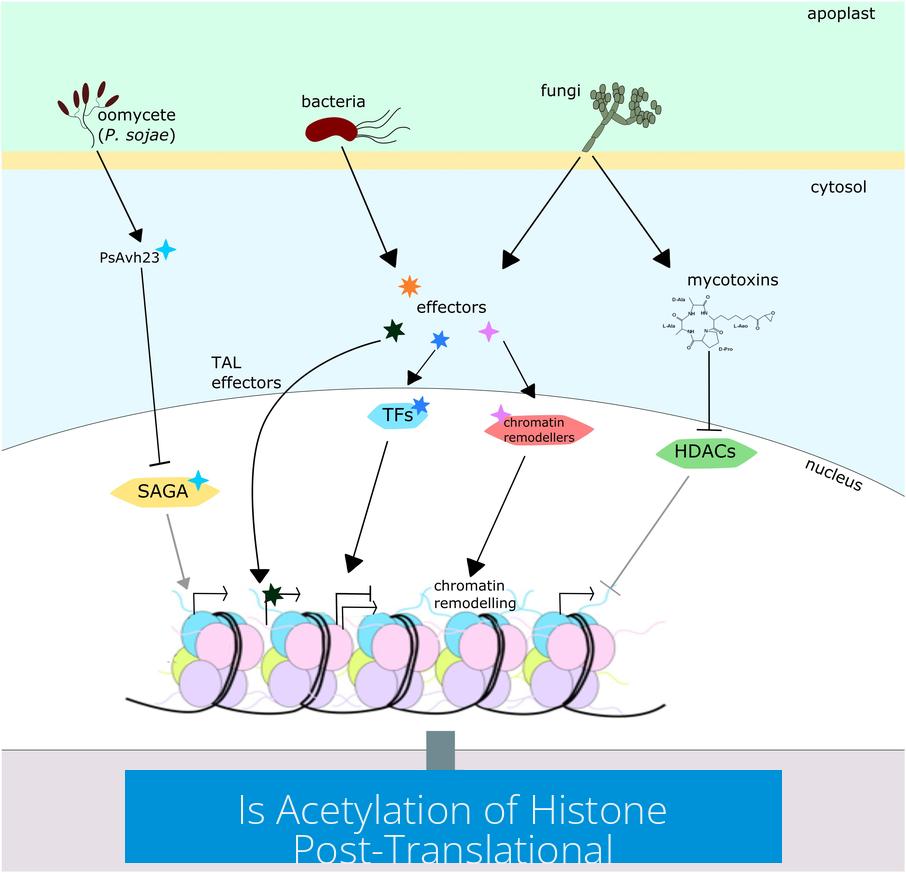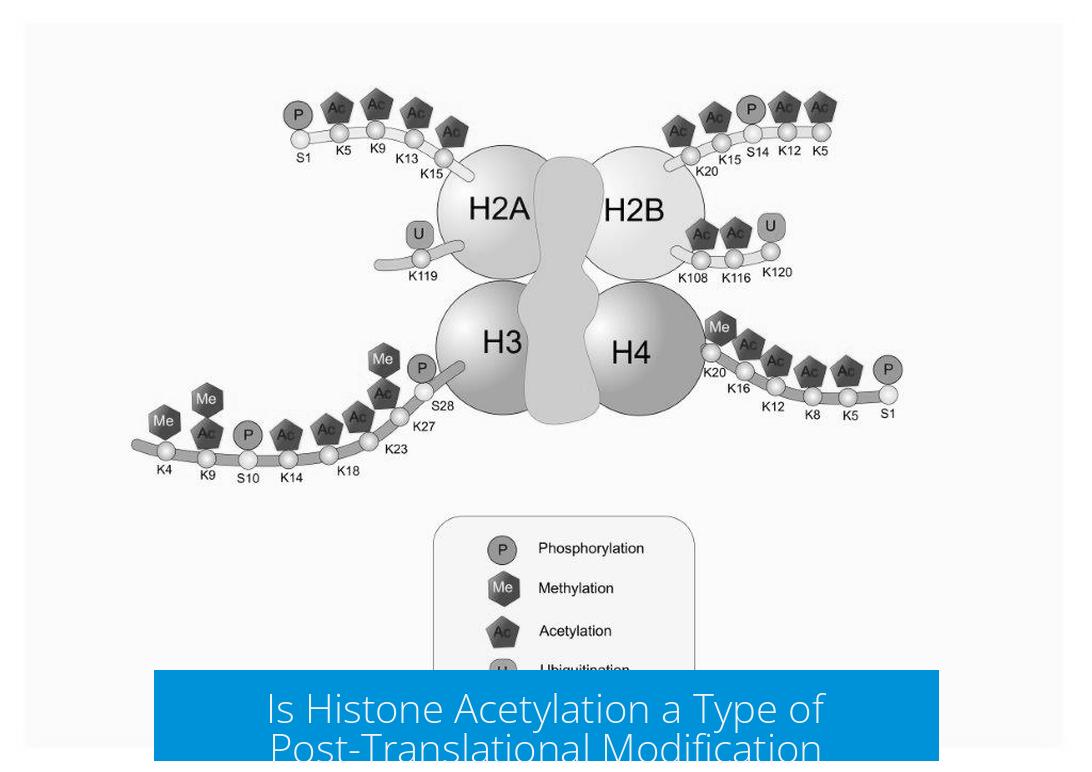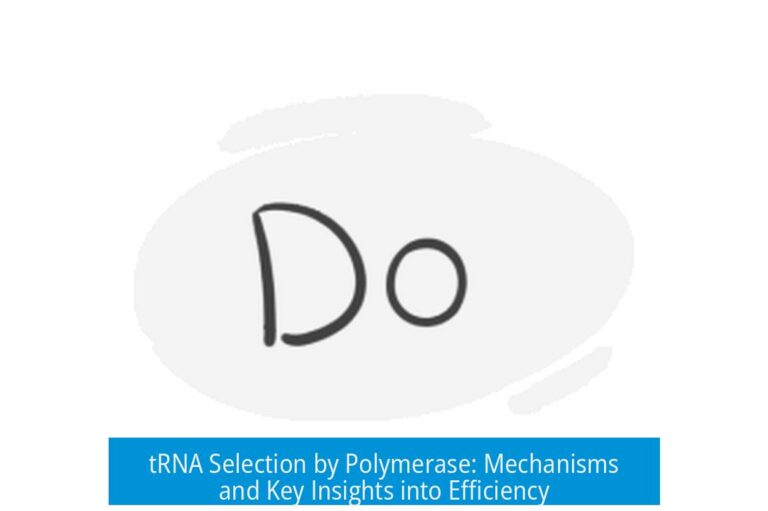Is Acetylation of Histone Post-Translational?
 Histone acetylation is indeed a post-translational modification (PTM). This modification occurs after the histone proteins have been synthesized through translation. It does not refer to gene formation but rather to chemical changes made to already formed histone proteins, which plays a crucial role in regulating gene expression.
Histone acetylation is indeed a post-translational modification (PTM). This modification occurs after the histone proteins have been synthesized through translation. It does not refer to gene formation but rather to chemical changes made to already formed histone proteins, which plays a crucial role in regulating gene expression.
Understanding Post-Translational Modifications (PTMs)
Post-translational modifications are chemical changes to proteins that occur after the protein is produced by ribosomes. In the case of histones, these PTMs happen after the histone proteins are fully translated and folded.
Histone acetylation specifically involves the addition of acetyl groups to lysine residues in the histone tails. This process is catalyzed by enzymes called histone acetyltransferases (HATs).
Distinguishing Translation from Transcription
- Translation: The process by which the histone protein is synthesized from mRNA.
- Transcription: The copying of DNA sequences into RNA.
The acetylation modification occurs after the translation step, on the histone proteins themselves. It is unrelated to the transcription of DNA sequences near the histones. Hence, “post-translational” means modification after protein synthesis, not after DNA transcription.
Functional Role of Histone Acetylation
Acetylation reduces the positive charge on histone tails. This decreases their affinity for negatively charged DNA, resulting in chromatin relaxation.
Relaxed chromatin allows transcription factors easier access to DNA, promoting gene activation and increased transcription of nearby genes.
Additional Context
- Histone acetylation serves as a regulatory mechanism, not a gene creation event.
- Non-histone proteins can also be acetylated, affecting their location and function in cells.
Summary of Key Points
- Histone acetylation occurs after histone synthesis, making it a post-translational modification.
- “Post-translational” refers specifically to changes on the protein after translation, not to gene activation or DNA transcription.
- Acetylation alters chromatin structure, facilitating transcriptional activation.
- The modification is enzymatically controlled by histone acetyltransferases.





Leave a Comment